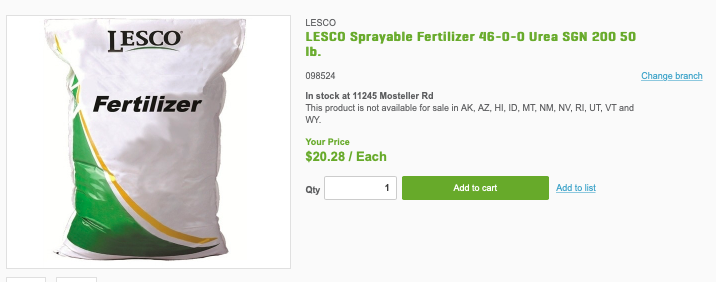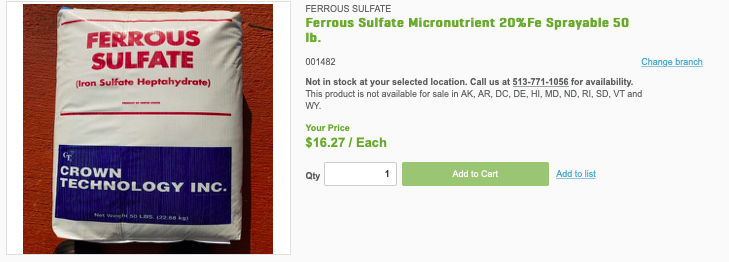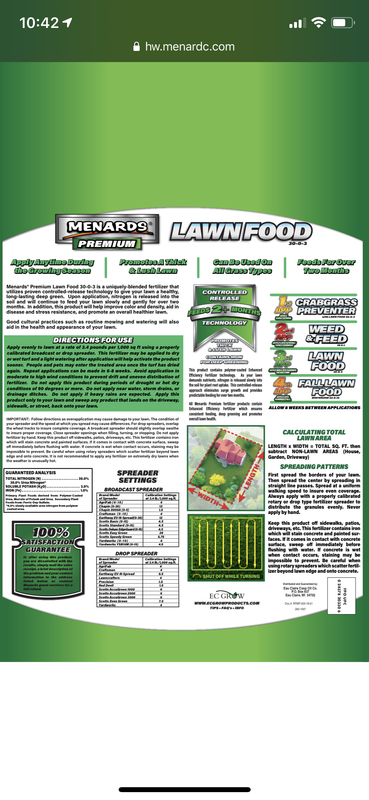I had a soil test done last year on my 2 acre lawn. I have a tow behind sprayer I use for preemergent and would like to mix a liquid fertilizer with it. I know there are different opinions about this, but what I'm looking for is a recommendation in a liquid fertilizer that would be best for my lawn based on my soil test results - recommending a specific brand would be appreciated. The farm coop in my area shut down a couple of years ago so That's not an option.
If you feel strongly about a granular fertilizer I'm open to it if you have a specific brand and blend that I would have access to.

If you feel strongly about a granular fertilizer I'm open to it if you have a specific brand and blend that I would have access to.









